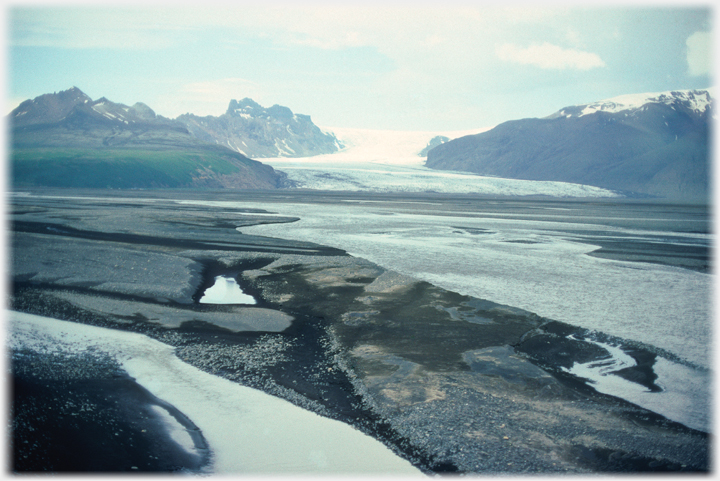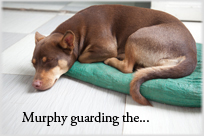
Wild Land
Out of the imagination of wilderness and the ignorance of indigenous presence came a false dichotomy: a wholly nonhuman nature and a wholly unnatural humanity. The latter was seen as a threat meaning that the former had to be protected as a place apart.
Rebecca Solnit (2001)

Wild Lands speak loudly to us, enticing some people, repelling others. What is it that calls or warns? Distance, inhospitality? It seems to be something more fundamental. Wild Lands
remind
 There are also reminders nearer to our homes, go to a page on The Garden.
us of a world that is
independent
There are also reminders nearer to our homes, go to a page on The Garden.
us of a world that is
independent
 A page on the other, the part of what we encounter which is independent of humans.
of human consciousness. However much we may corral novelty into what we know, there is always
more
A page on the other, the part of what we encounter which is independent of humans.
of human consciousness. However much we may corral novelty into what we know, there is always
more
 A page on the way that the new waits always out of reach and always near by.
to be found, not least because the
world
A page on the way that the new waits always out of reach and always near by.
to be found, not least because the
world
 A page devoted to that which is here when we are not - noumenon.
that is there, before and after humans, has no categories,
distinctions
A page devoted to that which is here when we are not - noumenon.
that is there, before and after humans, has no categories,
distinctions
 Distinctions and divisions are due to the way our minds engage with our world.
or structure. Held within this greater whole, consciousness is a domain with its specific organisations and
processes.
Distinctions and divisions are due to the way our minds engage with our world.
or structure. Held within this greater whole, consciousness is a domain with its specific organisations and
processes.
 A set of processes that underlie consciousness - the Comparator Hypothesis.
The greater whole is the very womb of consciousness; its essential and inexhaustibly burgeoning resource. Far from being 'a place apart' Wild Lands lead us back to the
only home
A set of processes that underlie consciousness - the Comparator Hypothesis.
The greater whole is the very womb of consciousness; its essential and inexhaustibly burgeoning resource. Far from being 'a place apart' Wild Lands lead us back to the
only home
 So leading to the passage quoted from Basho and to the world of change; the place that was there before we were.
that consciousness has.
So leading to the passage quoted from Basho and to the world of change; the place that was there before we were.
that consciousness has.
The American writer Rebecca Solnit (1961- ) is passionate about art, women’s issues and the environment. This passage is from her essay ‘Every Corner is Alive’ (p. 127 in: Eliot Porter: The Color of Wilderness.) about the work of the environmentalist Eliot Porter (1901-1990) whose photographs demonstrated the power of his art to defend the environment.
Iceland’s biggest glacier, Vatnajökull’ (‘Water Glacier’), covers 9% of the country’s land mass, from it flows Breiðamerkurjökull, the glacier seen in the picture, here entering the sea.
Above hovering on blue introduces a link: click to go, move away to stay.

Saturday 20th October 2018
 ...guide to this site
...guide to this site